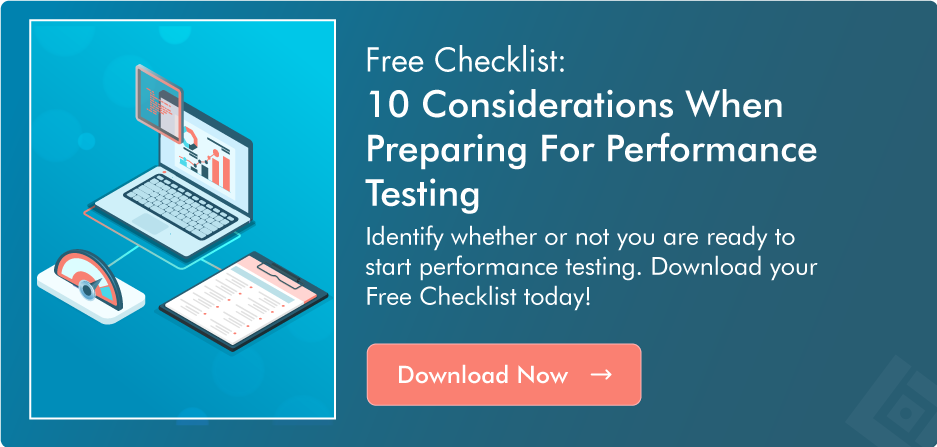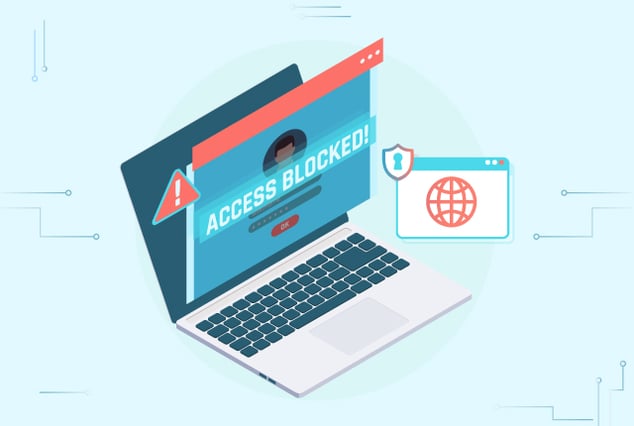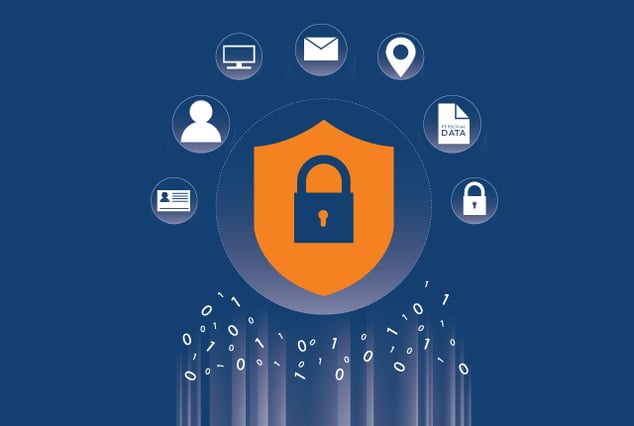
Since we are living in a world where technology plays a huge role in our daily lives, we often depend on it when it comes to our social and business lives. Social media platforms help you to become more updated about current events, and you use various applications to manage your business and execute your work.
All of these become easier with the help of technology, but what you must understand is that there are people who can easily hack and use your applications to harm your account or business. So how can you avoid this? That’s where OWASP comes in.
What Is OWASP?
OWASP or Open Web Application Security Project is a non-profit foundation that is well-known for its dedication when it comes to improving the security of software. One of the best features of the Open Web Application Security Project is the “open community” model that allows anyone to participate and contribute to discussions, projects, events, and more.
This platform is for everyone, so no worries if you don’t have enough knowledge about web application security, as there are people in the community who will help you understand and solve your problem.
OWASP’s main goal is to gather web application security information from their open community contributors and allow open discussion to find an easier solution to a certain problem.
How Does OWASP Top 10 Work and Why Is It Important?
Since 2003, OWASP has provided a Top 10 list — an online document on their website that determines rankings and guidelines for the top 10 most critical web application security risks.
This Top 10 report contains risks that are ranked based on the basis of severity and potential impact. Since this can affect a lot of websites, OWASP made sure that their report is reliable and based on a consensus of security experts from around the world.
The main purpose of this report is to offer and gather useful information that can help web application security professionals and developers to be informed about security practices and minimize the risk in their applications. To make sure that all information is updated according to the change in the AppSec market, OWASP updates its list every two to three years.
This Top 10 list is very important especially if you’re still new to web application security risks. It will help you save time from researching because they are all gathered in the OWASP website. You can read through the open chat discussions that are held by security experts and even ask for help if you need it.
When To Conduct an OWASP Penetration Test?
To prevent any risk and protect your web application, each organization that develops web applications is encouraged to conduct a penetration test at least once a year. If you’re planning to release major software updates, regular OWASP pentesting is required for compliance with technical and organizational requirements such as ISO 27001 and PCI DSS.
What Is Penetration Testing?
Penetration testing (also called a pentest), security pentesting, or security testing is the assessment of systems, applications, and computer networks to analyze and address security weaknesses. In short, web app pentest methodology is ethical hacking that tests the armor of your organization’s website to check user security, web apps, and cyber defense.
OWASP Top 10 Vulnerabilities
As mentioned earlier, OWASP (Open Web Application Security Project) features a top 10 list of the most critical web application security risks. For you to be able to understand these risks, we have listed them below and provided an example and solution for each vulnerability.
-
Injection
The purpose of the attacker is to inject data into your website, so they can take control of your application. The injection is one of the oldest and dangerous attacks that can lead to data loss and data theft.
- Example: Unwanted data is injected into your site. The common types of injection attacks are SQL injections, code injection, OS command injection, cross-site scripting (XSS), and host header injection.
- Solution: The best and effective prevention for an injection attack is secure code review including DAST and SAST tools in your CD pipelines to help you identify the flaws that were made.
-
Broken Authentication
If your website has a broken authentication, attackers can easily compromise passwords, sessions, and keywords by using manual or automatic methods to take control of any account in your system. The worst-case scenario is when the attacker takes control of your system completely.
- Example: Your web applications allow users to use weak passwords.
- Solution: Using multi-factor authentication can reduce the risk of accounts and can double the security of your website to prevent attackers from hacking your system.
-
Sensitive Data Exposure
Sensitive data exposure is considered one of the most widespread vulnerabilities on the OWASP list. Examples of sensitive data exposure that needs strong protection are credentials, credit card numbers, personally identifiable information (PII), Social Security Numbers, and other personal information.
- Example: Some financial institutions like banks have failed to secure their sensitive data and are easily targeted for thefts and credit card fraud.
- Solution: Usage of SAST and SCA tools that feature checkers can identify security vulnerabilities.
-
XML External Entities
The XML External Entities occurs when the XML input that contains a reference to the external entity is processed by a weakly configured XML parser.
- Example: Web applications allow untrusted sources when it comes to performing XML uploads.
- Solution: Using static application security testing (SAST) can help detect XXE in the source code.
-
Broken Access Control
If your website has broken access control, attackers can easily access your user account and operate your website as an administrator in the system.
- Example: When your application allows change to the primary key, the attacker can simply modify your acct parameter in the browser and can access any user’s account.
- Solution: Pentesting can be critical in this situation, but you can also change the architecture and design to create trust boundaries for your data access.
-
Security Misconfiguration
When your website has a weak configuration and results in a configuration error. Misconfiguration can happen at any level including the database, storage, web server, custom code, and more.
- Example: You haven’t disabled a default account and original password.
- Solution: You can simply use Synopsys’ Coverity SAST.
-
Cross-Site Scripting
When you include untrusted data on your webpage, this allows the attacker to inject unwanted content into your website.
- Example: Having untrusted data in your application can be used by attackers to gain access to the system.
- Solution: Using SAST solutions can be used to determine defects and to give remedies to the problem.
-
Insecure Deserialization
When your insecure deserialization flaws are used by the attacker to execute codes in your system. In this situation, attackers can also access your website and change the serialized object to give themselves admin privileges.
- Example: Attackers deserialize hostile objects that cause your website to become vulnerable.
- Solution: Using application security tools can easily help you detect deserialization flaws. Also, pen-testing is also recommended to validate the problem.
-
Using Components with Known Vulnerabilities
Failing to update your software’s backend and frontend can cause a security risk. This problem is also caused by ignoring update warnings and unprotected websites.
- Example: If your development team doesn’t properly understand the component that they used in the application, there can be vulnerabilities.
- Solution: Using software composition analysis (SCA) tools can help you detect and identify insecure and outdated components in your app.
-
Insufficient Logging and Monitoring
Frequent monitoring of your website is a must; if you fail to log and monitor activities, it can cause vulnerability and risk.
- Example: Unmonitored logins, activities, and failed logins are all examples of insufficiencies.
- Solution: Monitor your website and perform pentests, so you can study and identify future problems.
3 Reasons To Consider OWASP Web Security Testing For Your Organization
There are plenty of risks when it comes to web application security, which is why it’s important for you to prevent all these vulnerabilities to prevent unwanted events. This is why you should consider OWASP for your web security testing.
-
Community-Driven
Since the main goal of OWASP is to gather the information that can help developers to give solutions to a certain security problem, they made sure that they’re community-driven.
In this platform, developers and security experts have a global cybersecurity involvement and create a healthy community that helps one another by contributing to forums and giving guidelines and techniques to prevent security risks.
-
Cost-Effective
OWASP offers free projects that can help new developers or even students to understand web application security. If you’re looking for reliable sources and want to ask questions, you can simply join the discussion on their website or even contribute your knowledge by sharing your insights about web security.
-
OWASP Top 10
The OWASP Top 10 is a huge help for everyone who is working with the web application security industry. It’s handy and full of information whether you’re searching for methods, common errors, or protocols.
This simple list helps a lot of developers when it comes to security awareness and solutions that you can use when experiencing some website security problem.
Conclusion
As mentioned earlier, technology really helps us to make our work easier and faster, but we also need to make an effort to make sure that all our information is safe.
Since we can easily search everything on the internet, you can also look for credible websites that can help you avoid security risks like the QASource organization.
QASource aims to provide a comprehensive range of quality assurance services for various industries that help companies develop a quality assurance program. We also have various QA services like automation testing services, manual testing services, mobile QA, API testing services, QA analysis, and more.
Want to learn more about penetration testing and cyber security risks? Visit our website and keep your account secure.
Download your free checklist below and discover the steps that need to be completed when preparing for performance testing.


